Search The Collection
Filter By
Object Type / Material
Geographic Location
Date / Era
Department
Show Only:
- As part of the Met's Open Access policy, you can freely copy, modify and distribute this image, even for commercial purposes.APIPublic domain data for this object can also be accessed using the Met's Open Access API
- Objects with changed or unknown ownership in continental Europe between 1933-1945. Learn more
Showing 177 results for emerald jewelry
Sort by:
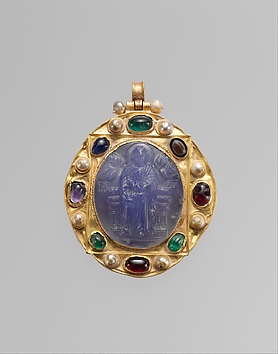
Byzantine
late 1000s–1100s (cameo); 1100s–1300s (mount)

Greek
ca. 330–300 BCE
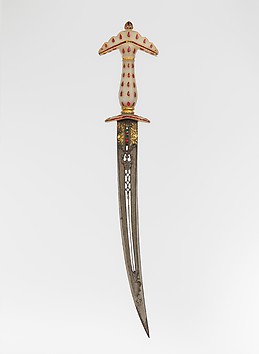
Hilt, Indian, Mughal; blade, Turkish or Indian
late 17th century
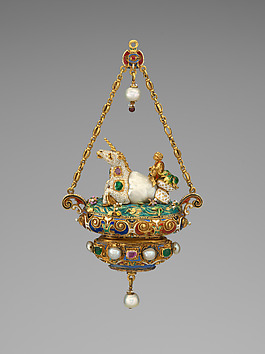
Reinhold Vasters
ca. 1870–95
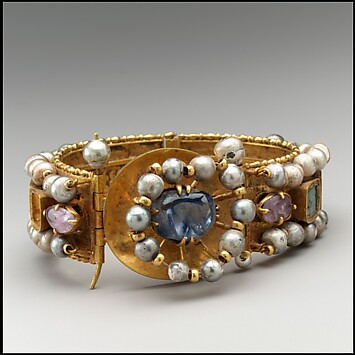
Byzantine
500–700
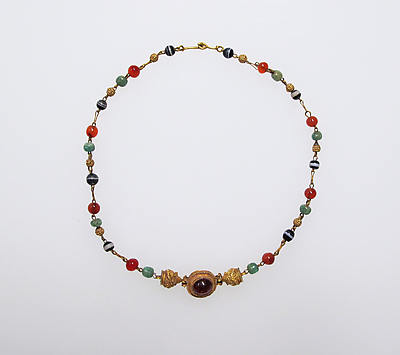
Roman
1st century CE
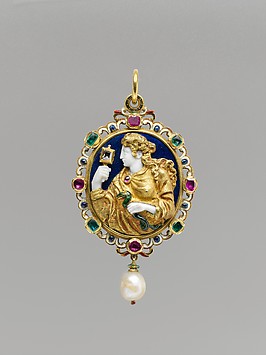
Etienne Delaune
ca. 1550–60, back: 19th century
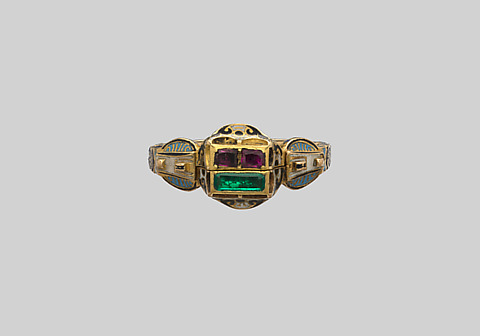
Southern German
second half 16th century
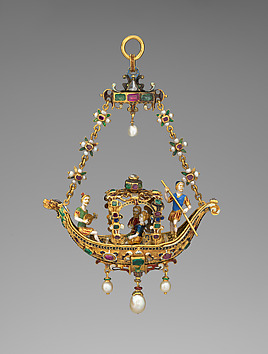
European
probably second half 19th century
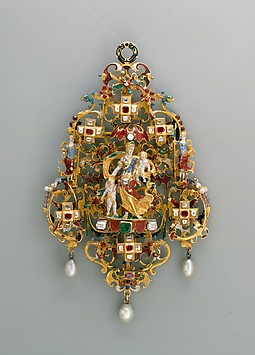
probably German, Augsburg
late 16th–early 17th century
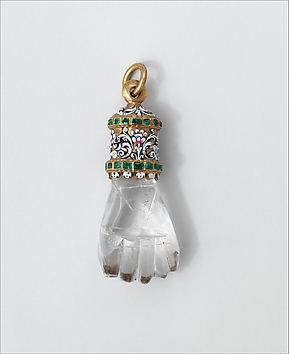
possibly Spanish
first half 17th century
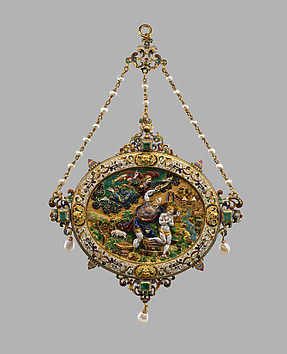
Reinhold Vasters
probably second half 19th century
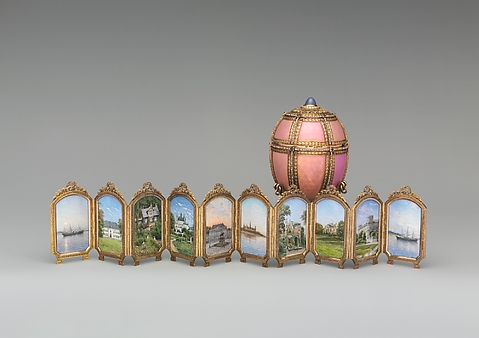
House of Carl Fabergé
1890

Greek
3rd–2nd century BCE
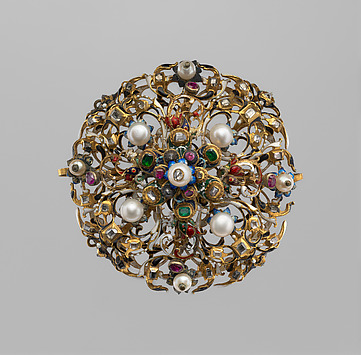
probably Hungarian
second quarter 17th century, with 18th century additions
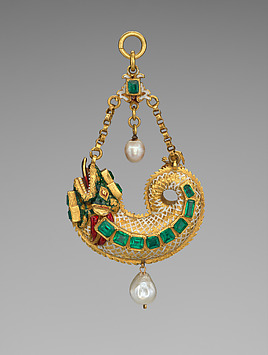
Spanish
late 16th–early 17th century
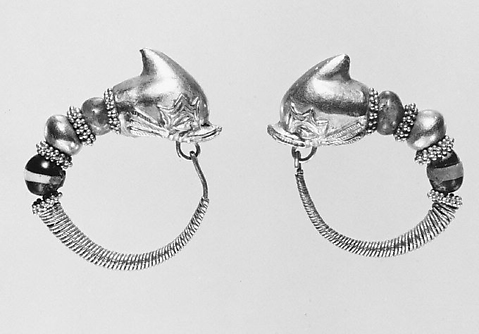
Greek
2nd–1st century BCE

Northern European
late 16th centuy

Newari, for the Nepalese or Tibetan market
17th–19th century

Roman
1st–2nd century CE

Roman
3rd century CE
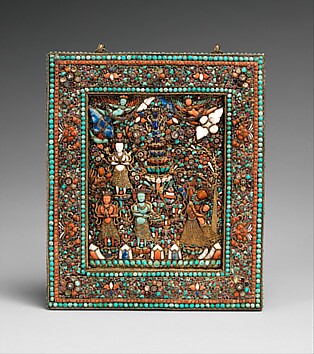
Nepal
18th–19th century
British
1200–1300
House of Carl Fabergé
possibly ca. 1886
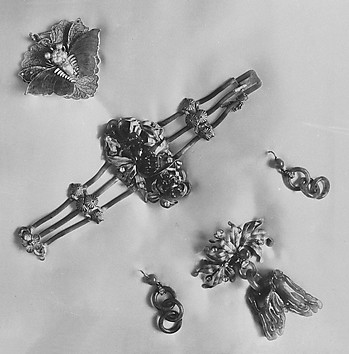
China
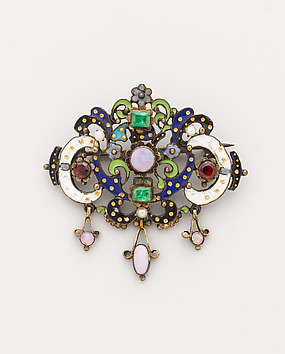
possibly Austrian
19th century
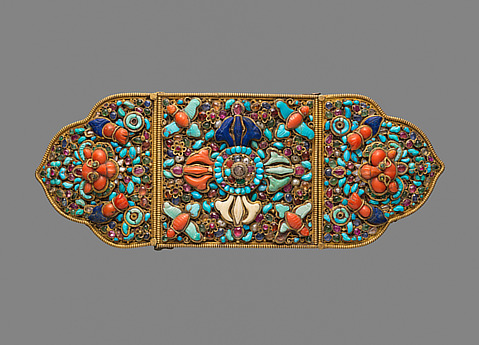
Nepal
17th–19th century
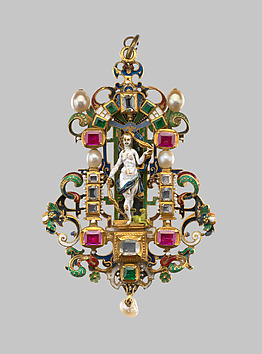
German or French
19th century
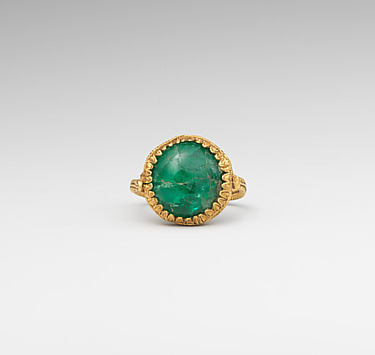
Greek
ca. 330–300 BCE
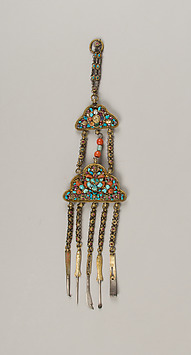
Newari for Tibetan market
17th–19th century
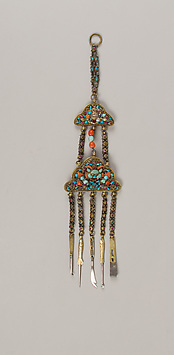
Newari for Tibetan market
18th–19th century

Newari for Tibetan Market
17th–19th century

Newari for Tibetan Market
17th–19th century
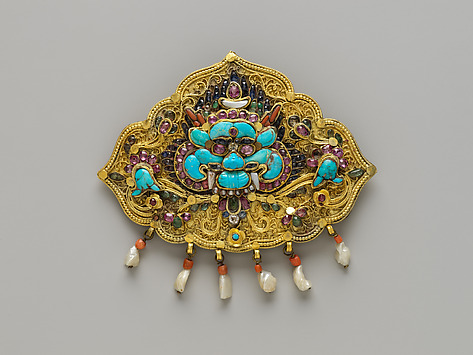
Nepal
17th–19th century
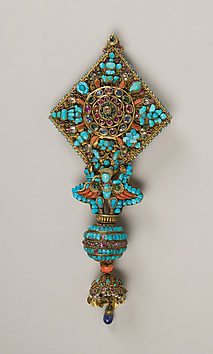
Nepal
17th–19th century
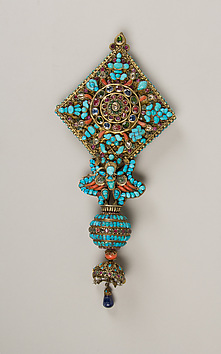
Nepal
17th–19th century
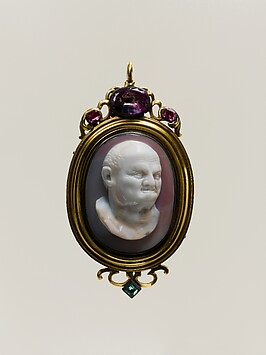
Italian
probably mid-18th century
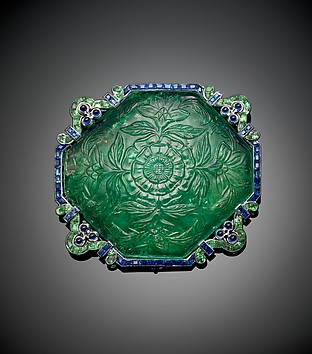
Cartier
Emerald: 17th century; setting: ca. 1920
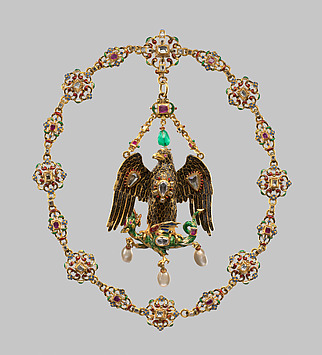
Austrian
last quarter 19th century
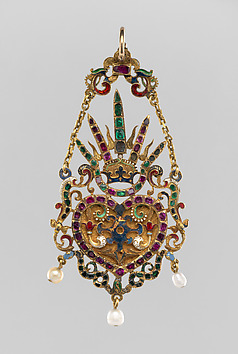
probably British
ca. 1600